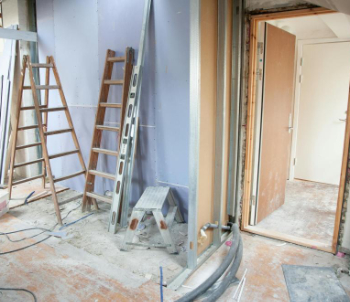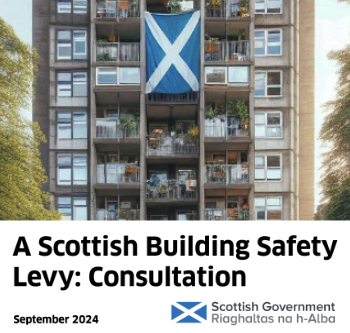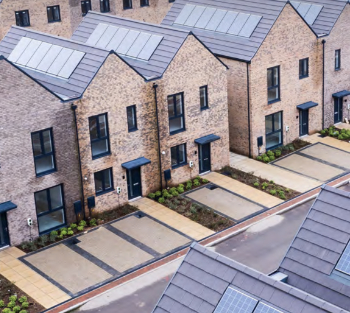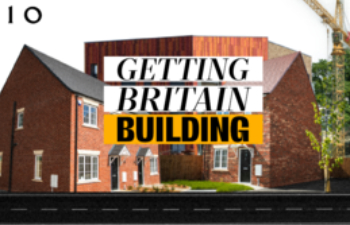Standardisation in the construction industry
Standardisation involves: ‘The use of modules, assemblies, components, interfaces, methods or processes that are repeated through a project and from project to project. Standardisation benefits from the use of continuous improvement processes.’ Ref BIM Overlay to the RIBA Outline Plan of Work, published by the RIBA in 2012.
The UN Procurement Practitioner's Handbook, produced by the Interagency Procurement Working Group (IAPWG) in 2006 and updated in 2012 suggests that standardisation (or standardisation) is:
‘The process of agreeing on a standard specification for a specific product or line of products. Usually conducted to achieve economies of scale, compatibility with other products, facilitation of operation, maintenance, and repair of already purchased goods, etc. Standardisation could result in sole or limited source situations; this should be a consideration in the decision for standardisation.’
In the construction industry, the term 'standards' typically refers to published documents that are intended to define the common specifications, methods and procedures that are to be used. By establishing common standards, greater reliability and consistency is ensured in terms of the quality, compatibility and compliance of the particular product, service, material, and so on.
For more information see: Standards
NB DfMA Overlay to the RIBA Plan of Work, Mainstreaming Design for Manufacture and Assembly in Construction, 2nd Edition, published by the RIBA in 2021, states: ‘In the context of DfMA (design for manufacture and assembly), standardisation involves quality-assured systems and processes that govern design, manufacturing and assembly inputs with the objective of improving the reliability, speed, consistency and efficiency of digital and physical outputs, making it possible to achieve economies of scale. With CIP, the extent of the benefits is refined over time.’
Commercial Continuous Improvement Assessment Framework, published by HM Government in May 2021, defines standardisation as: ‘The process of setting generally uniform characteristics for a particular good or service to improve value and streamline procurement activity.’
[edit] Related articles
- ASTM International.
- British Standards Institution.
- Continuous improvement.
- Hybrid building.
- Interoperability.
- Kit house.
- Modern methods of construction.
- Modular.
- Off-site construction.
- Platform approach.
- Pod.
- RIBA Plan of Work.
- RIBA.
- Standard.
- Standardising structural elements: A platform for construction innovation.
- The Construction Playbook.
- Volumetric.
Featured articles and news
Considerate Constructors Scheme acquires Building A Safer Future
Acquisition defines a new era for safety in construction.
AT Awards evening 2024; the winners and finalists
Recognising professionals with outstanding achievements.
Reactions to the Autumn Budget announcement
And key elements of the quoted budget to rebuild Britain.
Chancellor of the Exchequer delivers Budget
Repairing, fixing, rebuilding, protecting and strengthening.
Expectation management in building design
Interest, management, occupant satisfaction and the performance gap.
Connecting conservation research and practice with IHBC
State of the art heritage research & practice and guidance.
Innovative Silica Safety Toolkit
Receives funding boost in memory of construction visionary.
Gentle density and the current context of planning changes
How should designers deliver it now as it appears in NPPF.
Sustainable Futures. Redefining Retrofit for Net Zero Living
More speakers confirmed for BSRIA Briefing 2024.
Making the most of urban land: Brownfield Passports
Policy paper in brief with industry responses welcomed.
The boundaries and networks of the Magonsæte.
London Build Fire and Security Expo
20-21 Nov and now with new Ambassador Programme..
The Scottish Building Safety Levy
Eight weeks of consultation closing on 18 November.
The grey, the brown and the golden rules of housing
shifting policies from the wild west of housing development.
Future proofing homes that are fit for purpose
Specification challenges and the role of plastic.
Thousands of new homes unlocked for brownfield sites
£68 million to 54 councils for neglected land into new homes.
























Comments
Reference to the RIBA source should be 'RIBA Plan of Work 2013 Designing for Manufacture and Assembly'